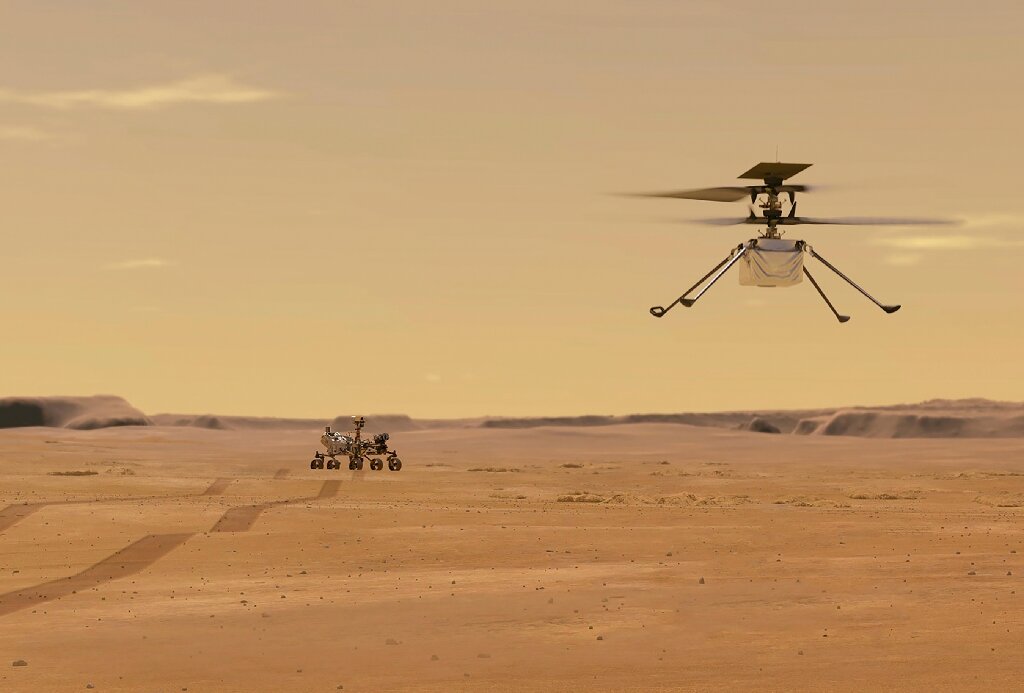Mars Helicopter Ingenuity Grounded Permanently
NASA has recently announced that its Mars robot helicopter Ingenuity, the first vehicle to achieve powered, controlled flight on another world, has been grounded for good after flying dozens of times over three years, ending a landmark mission that far exceeded all expectations.
Ingenuity’s Record-Breaking Flights
Ingenuity buzzed over the Martian terrain 14 times farther than originally planned, logging more than two hours, eight minutes of flight time and covering a distance of 10.5 miles (17 km) through all 72 flights. Its peak altitude was measured at 78.7 feet (24 meters).
Ingenuity was carried to the Red Planet strapped to the belly of NASA’s Perseverance rover, which landed three years ago on the floor of a vast Martian basin called Jezero Crater on a separate mission aimed primarily at collecting surface samples for eventual return to Earth.
Historic First Controlled Flight on Another Planet
When the 4-pound (1.8-kg) rotor craft performed its modest, debut takeoff and landing in the thin Martian atmosphere on April 19, 2021 – a flight of 39 seconds – it was hailed as an seminal feat of interplanetary aviation. NASA likened Ingenuity’s achievement at Jezero Crater to the historic first controlled flight of the Wright brothers’ motor-driven airplane near Kitty Hawk, North Carolina, in December 1903.
Final Flight and Rotor Blade Damage
Over time, JPL continued to send the helicopter on progressively more ambitious flights, pushing its capabilities. The end came after JPL teams began flying Ingenuity into a particularly barren, featureless area of Mars, testing the limits of an auto-navigational system that depends on visible landmarks for aviation guidance, according to Teddy Tzanetos, JPL’s Ingenuity project manager.
Overcoming Engineering Hurdles to Fly on Mars
Building a helicopter to fly on Mars posed major engineering hurdles. While Mars possesses much less gravity to overcome than Earth, its atmosphere is only 1% as dense, making it especially hard to gain aerodynamic lift. Thus, Ingenuity was fitted with rotor blades that are larger and spin far more rapidly than would be needed on Earth for a similar craft of its size. The small, lightweight vehicle also had to withstand punishing cold, with nighttime temperatures dipping as low as 130 degrees below zero Fahrenheit (minus 90 Celsius).
Month: Current Affairs - February, 2024
Category: Science & Technology Current Affairs








